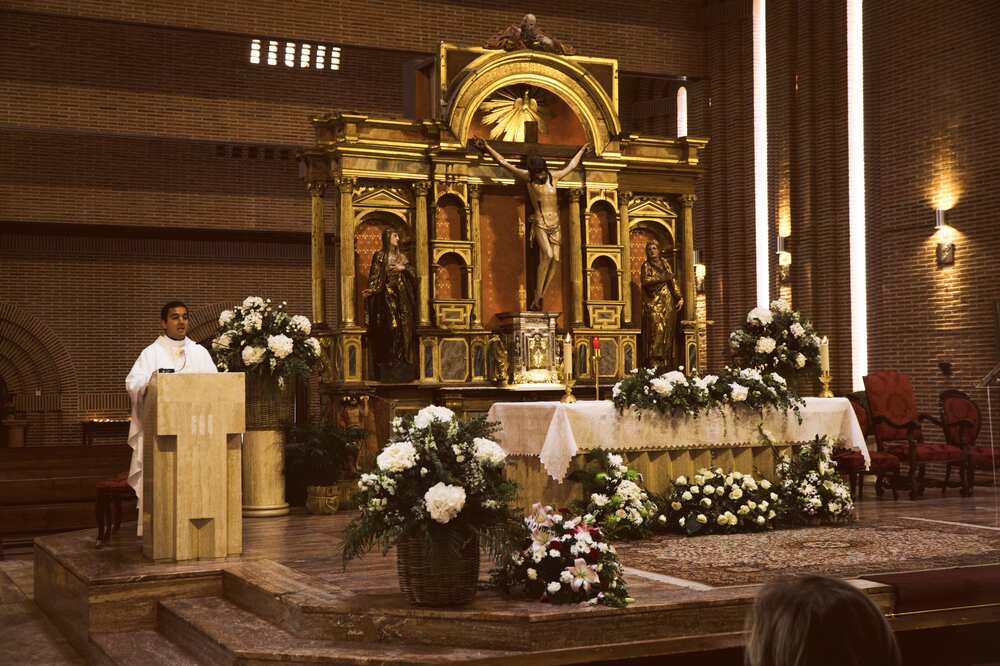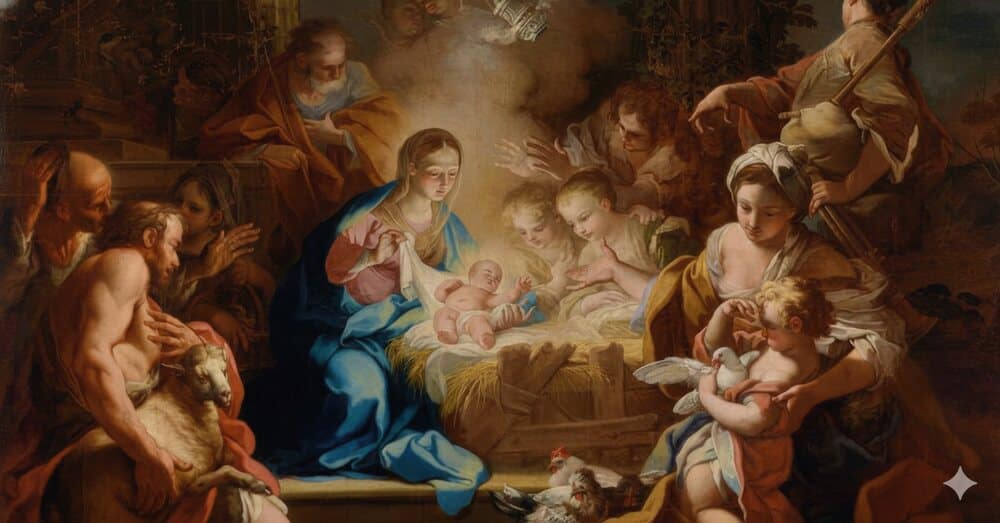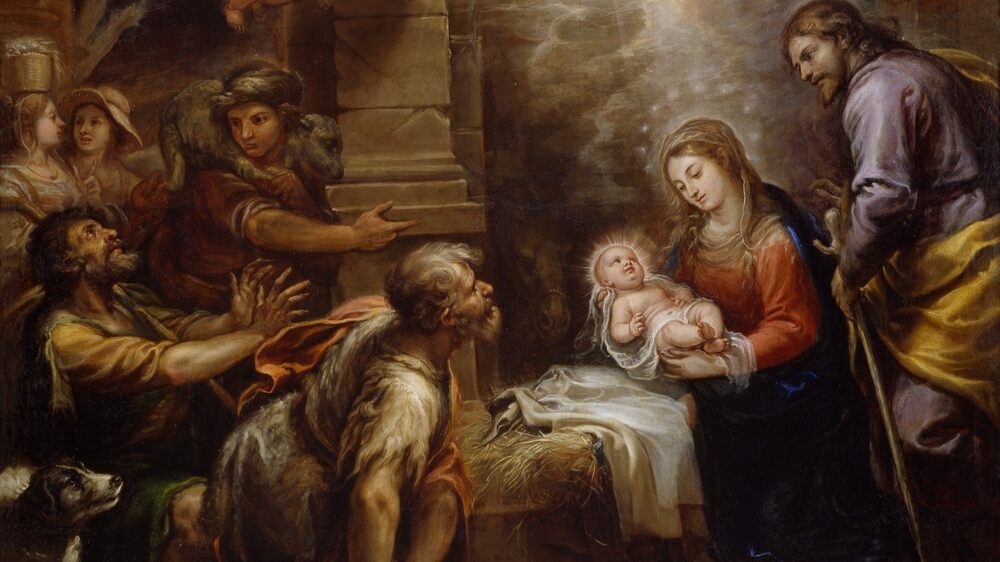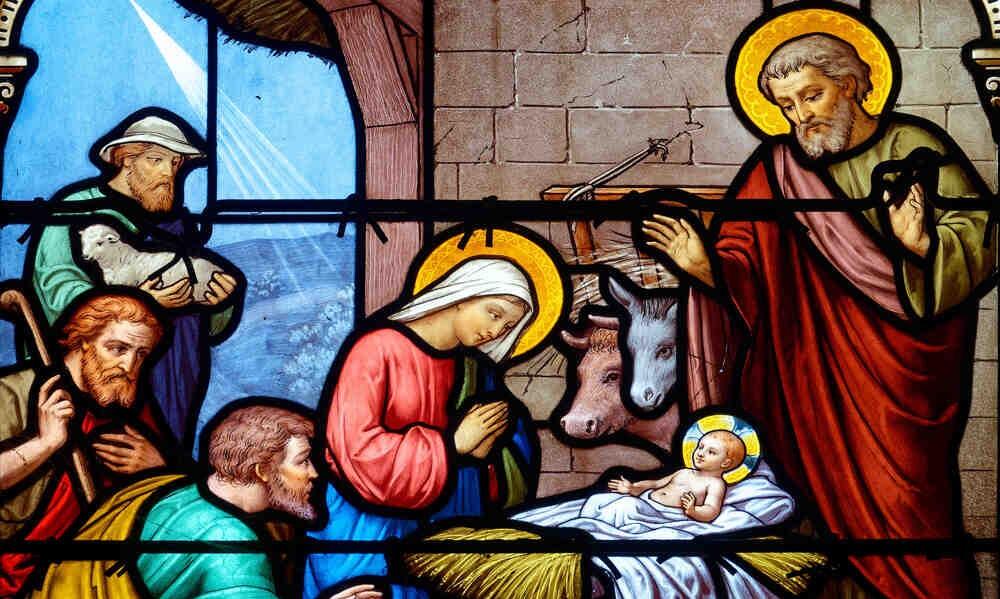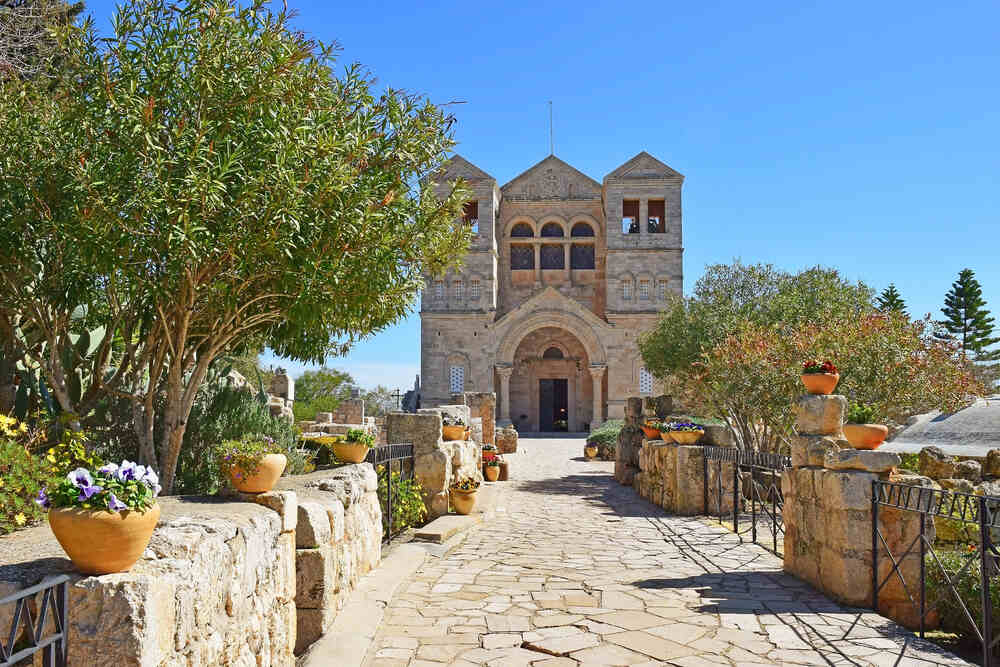In the article “What Are the Parts of the Mass and Their Meaning?”, we told you that the Holy Mass is divided into two main parts: the Liturgy of the Word and the Liturgy of the Eucharist. The first introduces us to the mystery of God through the proclamation of His Word and meditation on it. Just as Jesus Christ spent years preaching before His Passion, the Church prepares us, before the renewal of the sacrifice of Calvary, to listen attentively to the Scriptures.
When the sacred texts are proclaimed at Mass, we are not just listening to ancient words, but the living voice of Christ, who continues to speak to us today with the same authority with which He preached two thousand years ago. Saint Jerome said:
“Ignorance of Scripture is ignorance of Christ”.
Therefore, each moment of the Liturgy of the Word has a clear purpose: to nourish our spirit, to know Jesus better, to grow in love for Him, to strengthen our faith. And, above all, to prepare us to receive the precious Gift of the Eucharist.
You can use the Catholic Mass Times app to find the nearest Catholic church with Mass, Confession, and Adoration schedules. It will surely be useful! Download it now.
The Liturgical Calendar and Reading Cycles:
The Church, in its wisdom, has arranged a liturgical calendar that guides the proclamation of the Word of God throughout the year. This calendar is divided into different liturgical seasons (Advent, Christmas, Lent, Easter, and Ordinary Time), each with its own spiritual focus and characteristic readings.
So that the faithful can hear and meditate on a large part of Sacred Scripture, the Church established a system of liturgical cycles for the proclamation of the readings:
-
Sundays and Solemnities: Three cycles (A, B, and C) are followed, alternating each year.
- Cycle A: The Gospel of Saint Matthew is primarily read.
- Cycle B: The Gospel of Saint Mark is proclaimed.
- Cycle C: The Gospel of Saint Luke is used.
- The Gospel of Saint John is read at key moments in each cycle, especially during the strong liturgical seasons.
-
Weekdays (Ferias): During Ordinary Time, a two-year cycle (I and II) is followed.
- Year I: Read in odd-numbered years.
- Year II: Read in even-numbered years.
Thanks to this organization, a Catholic who regularly attends Mass for three years will have heard almost all of the Gospels and a large part of the rest of the Bible.
This system is not arbitrary, but allows the faithful to journey through the entire history of salvation and deepen their faith progressively. Thus, the Liturgy of the Word not only nourishes us spiritually at each Mass, but also introduces us to a path of continuous formation in the Word of God.
- You may be interested in: Liturgical Calendar 2025
The Liturgy of the Word consists of:
1. First Reading
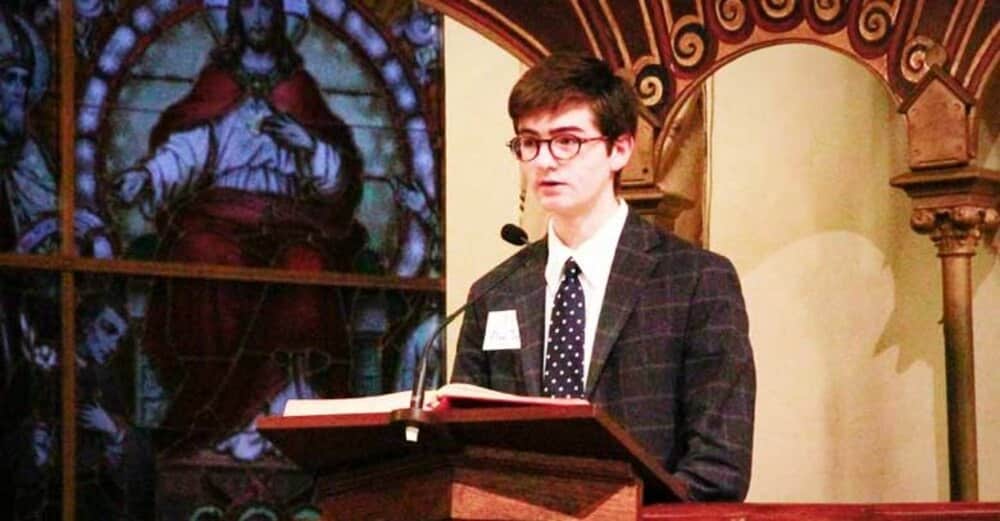
The Gospel, the main text of the Liturgy of the Word, must be preceded by the writings of the prophets sent to announce the coming of the Messiah. Saint Paul explains it this way:
In times past, God spoke in partial and various ways to our ancestors through the prophets; in these last days, he spoke to us through a son, whom he made heir of all things and through whom he created the universe. (Heb. 1:1-2)
God did not show all His power and goodness at once, but did so progressively. The Old Testament illuminates the Gospel. In its characters, we can see prefigurations of Christ because in them we see anticipations of Christ and His redemptive work.
The First Reading always relates to the mystery, the feast, or the Gospel of the day. In this way, the Gospel appears as the fulfillment of the Law and the Prophets.
This reading concludes with this short dialogue between the reader and the faithful.
Be mindful of your response, so as not to repeat it mechanically. In it, we acclaim and celebrate the Word of God that has become present. We praise God for His message.
2. Responsorial Psalm
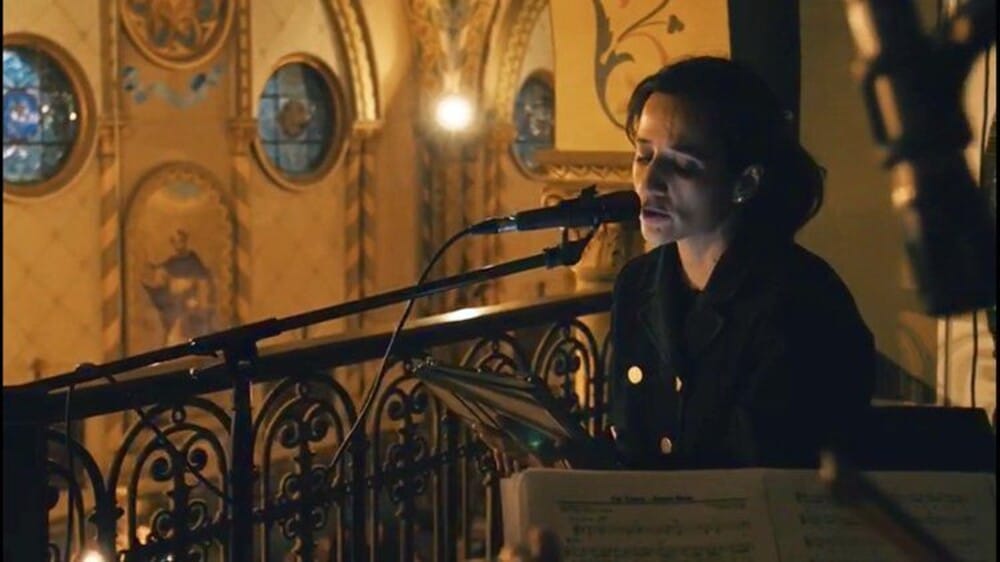
The singing of the psalm is an almost spontaneous consequence of the divine action on the human heart that has heard the Word of God. Grace knocks at the door and the faithful respond with a song.
The psalms help to better understand the readings. They allow us to grasp the solemnity of the celebration, the liturgical season we are in, and the Eucharistic sacrifice. They express the feelings that the sacred texts should awaken in the listeners. In this sense, they serve to meditate on the Word of God.
They are sung in a responsorial manner. The people repeat a refrain, which is like the leitmotif of the psalm, that is, the recurring theme, and a choir member sings the various verses.
Pay attention to the content of the psalms and make them a personal prayer, praying them while they are recited or sung.
- You may be interested in: Tones for singing Psalms and other Gregorian chants
3. Second Reading
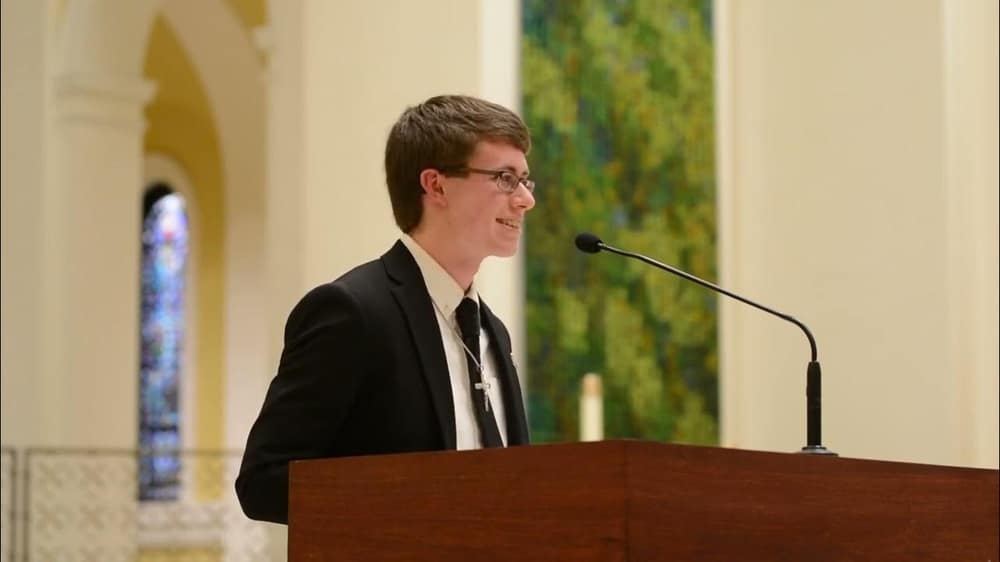
The second reading is taken from the Epistles of the New Testament. These epistles are letters written by the apostles (St. Paul, James, St. Peter, and St. John)
The second reading is carefully chosen to relate to the first reading and the theme of the day’s Gospel.
Its main objective is to illuminate the message of the first reading from the perspective of the New Testament. It shows how Christian faith finds its foundation in the words and works of Jesus and in the experience of the early Church.
The Second Reading facilitates our understanding of the promises and prefigurations of the Old Testament. It also exhorts us to live according to Christ’s teachings. Lastly, it reminds us of the Christian hope in eternal life. It encourages us to persevere in faith, keeping our eyes fixed on Heaven.
It concludes with the same short dialogue between the reader and the faithful as in the First Reading.
With this response, the assembly of the faithful honors the Word of God, received with faith and in a spirit of thanksgiving.
4. Alleluia Chant
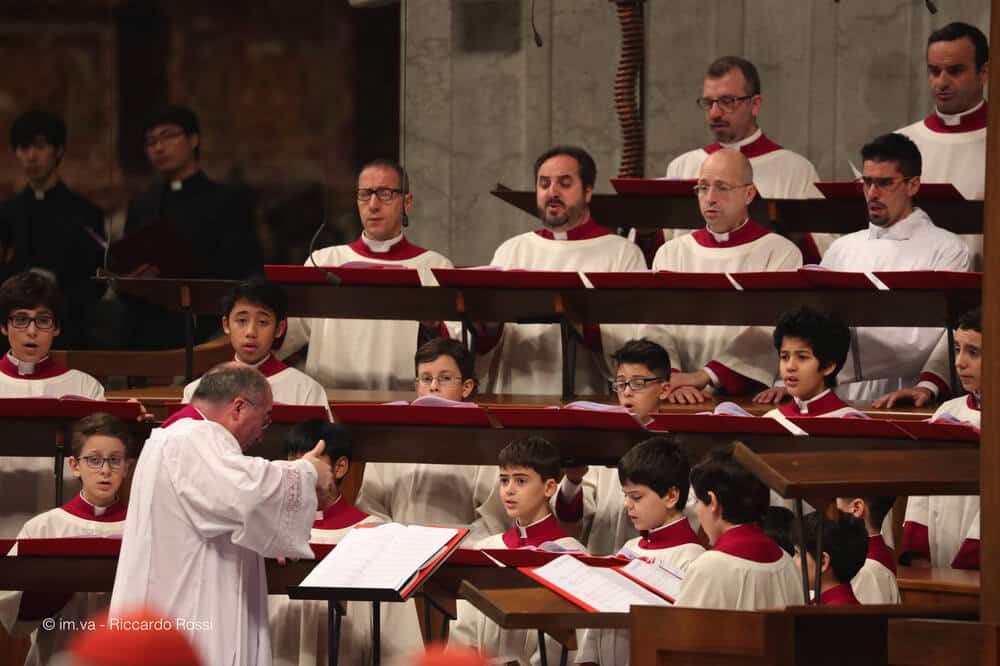
The singing of the Alleluia immediately prepares for the proclamation of the Gospel. This Hebrew word translates as “praise Yahweh“. It has a meaning of thanksgiving for the benefits received from God in past times, especially salvation.
This canticle prefigures the eternal song of the saints who will praise God for His completed work at the end of time. In this way, the liturgy that unfolds on earth is associated with the celestial liturgy and they unite in thanksgiving for the Redemption. As it is a foretaste of the joys of heaven, it should be sung with joy.
Both the priest and the deacon who read the Gospel can intone a biblical verse to accompany the singing of the alleluia.
At this moment of the Holy Mass during very special occasions, the sequences may be sung. The best known are the Stabat Mater of Good Friday, the Easter Proclamation, the sequence of Pentecost and that of Corpus Christi.
5. Gospel
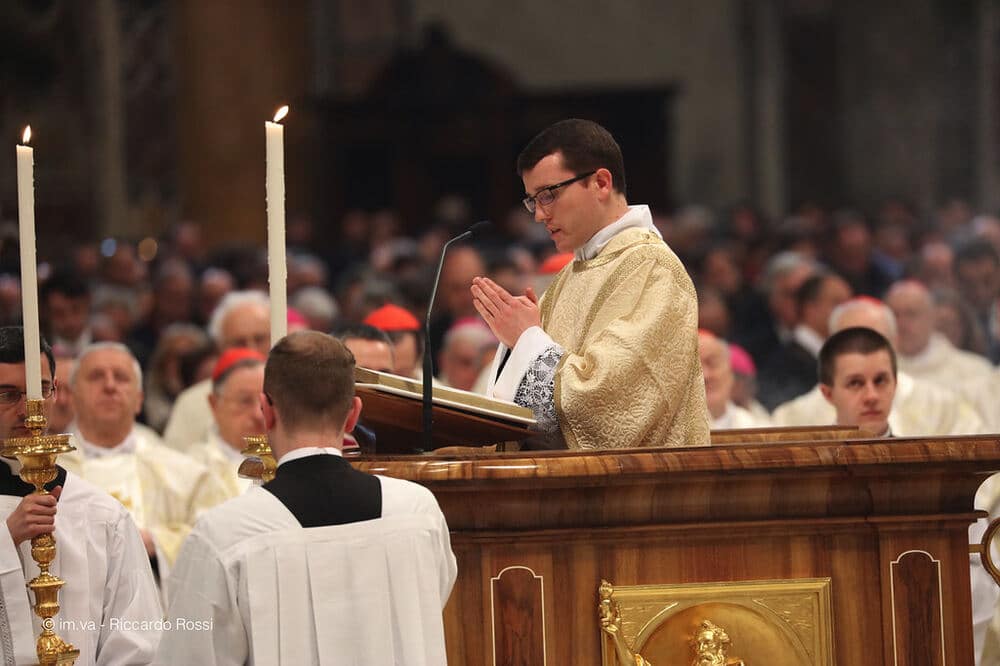
The last reading of the Liturgy of the Word is the Gospel. It has the most important place among them. And it is the closest to the Eucharistic sacrifice.
This text can only be read by a deacon or by the celebrant. If the reader is a deacon, he requests a special blessing from the priest, who says to him:
If the priest announces the gospel, he prepares himself inwardly, deeply bowing before the altar, repeating the words of the prophet Isaiah.
It is appropriate that the faithful also prepare themselves, asking for the grace to hear God’s word with docility and to benefit from its teachings. Ask the Lord to purify your heart distracted by the agitations of the world and to cleanse your lips stained by vain words.
When the priest or deacon, after their inner preparation, moves to the ambo, they are accompanied, in solemn masses, with incense and two acolytes carrying lit candles. The incense symbolizes the “good odor of Christ” that radiates from the Gospel. The candles, for their part, represent the light of the world that radiates from the Word of God.
The priest or deacon greets the people with an exhortation to the faithful to join in his prayer. Furthermore, he calls their attention to the importance of what follows. The expression “The Lord be with you” means that the glory of God be in you to make you living temples. The people wish that the Holy Spirit dwell in the minister of the Gospel, as the celebrant invokes the third person of the Holy Trinity to offer the sacrifice.
Before beginning the reading, the minister and the people cross themselves, making the sign of the cross three times. On the head we indicate that we affirm with our understanding the doctrine contained in the Word of God that we are about to hear. Then, on the forehead, we commit to proclaim that doctrine with our words. Finally, on the chest, we demonstrate that we wish to faithfully keep it in our hearts.
The saints teach that by crossing ourselves before listening to the Gospel, we can drive away the devil who strives to rob us of the seed of the Word of God.
Before the proclamation of the Gospel, the people respond acclaiming Jesus Christ, standing, because the Gospel is His very voice here and now in the Church. Therefore, it is addressed to Him directly.
Next, the priest incenses the Gospel book and begins its reading.
The Gospel must be listened to while standing. This gesture symbolizes the readiness to defend the faith or to act in accordance with the message heard. We are diligent servants, prepared to serve God who speaks to us through His Son. Standing is also a sign of respect and helps us to pay attention.
The faithful must be willing to listen to the Lord. When we hear the Gospel, we are hearing Christ Himself speaking again. His Sacred Heart opens to us and gives itself as spiritual nourishment in His words and works. Ask for the grace that it may ignite in your heart an intense desire to receive Him soon as physical nourishment in the Eucharist.
After the proclamation, this dialogue between the people and the minister takes place, different from that of the First and Second Reading.
When the reading of the Gospel concludes, we thank the Lord for announcing His Gospel through the minister’s mouth. This exclamation emphasizes that the Gospel is the culmination of Revelation, that God has said everything through His Son, who is His Word. It reminds us of Saint Peter’s words:
Lord, to whom shall we go? You have the words of eternal life.
The Gospel should ignite our hearts with love.
Before beginning the homily, the priest or deacon kisses the Gospel and prays this brief prayer:
Certainly, the Gospel should convert our hearts, just as it converted the entire world to Christianity. It should destroy sin on both social and individual levels. Let us implore the Lord for the grace of sincere conversion and a firm purpose not to offend Him anymore.
- You may be interested in: Readings of the day
6. Homily

In the Homily, the priest preaches the mystery of Christ, especially the paschal mystery. Because, around this central event, revolves the entire history of salvation and the whole set of truths of faith. The Constitution on the Sacred Liturgy of the Second Vatican Council states:
Preaching is a proclamation of God’s wonderful works in the history of salvation or the mystery of Christ, which is always present and active within us, particularly in the celebration of the liturgy.
The priest explains the events of salvation history and applies them to the present, showing how
Today this Scripture passage is fulfilled in your hearing. (Luke 4:21)
Secondly, he preaches the doctrine derived from the proclaimed text. Finally, he draws out the consequences that follow in the moral order.
In the homily, the mysteries of faith and the norms of Christian life are expounded from the sacred texts throughout the cycle of the liturgical year.
The Holy Spirit speaks through the celebrant, instructing him to teach appropriately. Also, He moves the hearts of the listeners to hear God’s Word with pleasure and delight in it. Furthermore, He works in the will of the faithful so that they are disposed to fulfill the demands of God’s Word and act driven by it.
The homily aims to deepen faith, fill with joy and wonder at the beauty of the Gospel message. Secondly, to move to conversion, transforming souls inwardly through charity and the abandonment of vices. Finally, to lead to communion, that is, to unite ever more intimately with the Lord in a communion of affections, criteria, doctrine, and love. This Communion will be realized at the moment of receiving Jesus in the Sacrament.
Before the homily, let’s take a few moments to pray for the preacher. Let us ask for him the grace to truly be another Christ. He must not only preach faithfully to Jesus’ teachings, but also with a heart similar to that of the Lord. Don’t forget that he is a messenger and instrument of God, and in his preaching, if he is docile to the Holy Spirit, he can do a great deal of good for souls.
Try to listen to the homily attentively. God can speak to you through the priest.
7. Creed
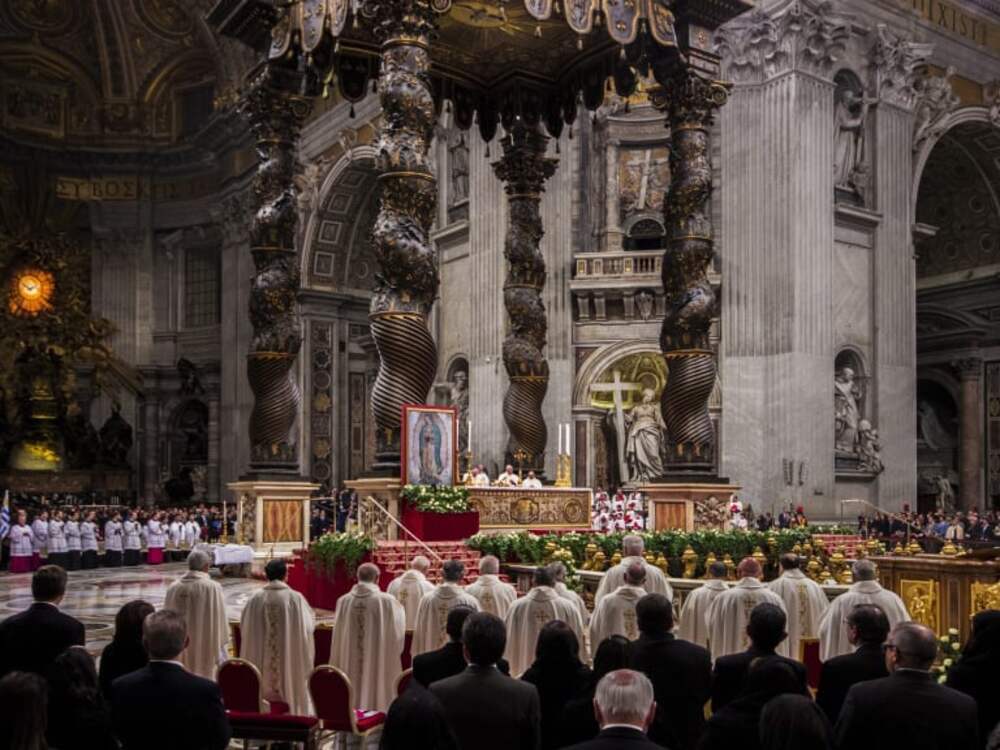
The Creed is the symbol of our faith. It synthesizes all Catholic dogmas. It is structured in three main parts: the profession of faith in God, our Creator, in Christ, our Savior, and in the means of salvation, through the work of the Holy Spirit.
It is a fervent affirmation by the faithful to the Word of God previously heard. It continues and summarizes the priest’s preaching in the homily.
The word Amen closes the Creed. By it we say: “yes, all this is true, it is firm and thus I profess it”. I believe in the Father, the Son, and the Holy Spirit. I believe in the truths of God the Father as creator, in the mysteries of God the Son as Redeemer, and in the ineffable graces of God the sanctifier.
When we pray this prayer, we should do so with a spirit such that the faith I affirm becomes embodied in my heart and commits me to profess it with my lips and sincerely practice it in my works.
7. Universal Prayer
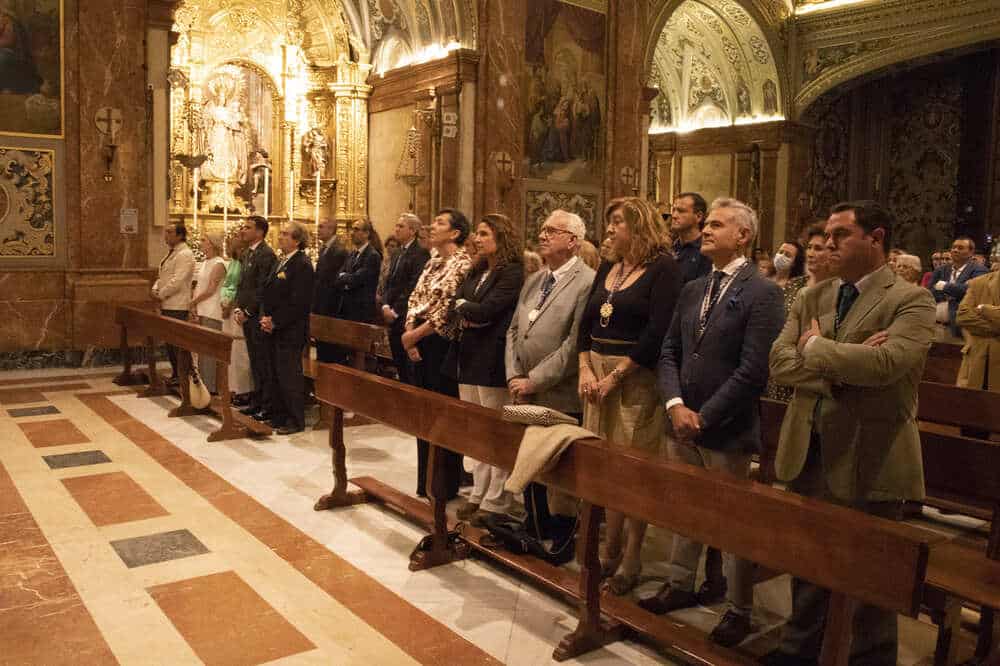
In it we pray for the Pope, the bishops, the leaders, and for the various needs of the Christian community.
Through this prayer, the people of God exercise their baptismal priesthood, offering supplications to the Lord for the Church and the world. The people, standing, express their supplication, either with a common invocation after each intention or by praying in silence.
The celebrant concludes with a prayer in which he lifts up the supplications to the Eternal Father:
To reflect on the Word of God in the liturgy:
You can use the Catholic Mass Times app to find the nearest Catholic church with Mass, Confession, and Adoration schedules. It will surely help you! Download it now.
Why is it important to listen to the Word of God in the Mass?
The Word of God is essential in the Mass because it spiritually nourishes believers, strengthens faith, and prepares the heart for the Eucharist. In the Liturgy of the Word, the faithful listen and respond with faith to the voice of God.
How is the Liturgy of the Word structured?
The Liturgy of the Word consists of several parts: first reading (Old Testament), Responsorial Psalm, second reading (New Testament), Alleluia or Acclamation before the Gospel, Gospel, homily, Creed, and Prayer of the Faithful.
What is the relationship between the Liturgy of the Word and the Eucharistic Liturgy?
The Liturgy of the Word prepares the faithful to receive the Eucharist. First, God speaks to His people through the Scriptures, and then, in the Eucharistic Liturgy, Christ becomes present in the consecrated bread and wine.
How can I better live the Liturgy of the Word?
Saint Francis de Sales advises:
From the moment the priest goes up to the altar until the Gospel, simply and generally consider the coming of our Lord to the world and His life in it.
From the Gospel until the Creed is concluded, consider the preaching of the Savior, protest that you want to live and die in the faith and obedience to His holy word and in union with the Holy Catholic Church.

